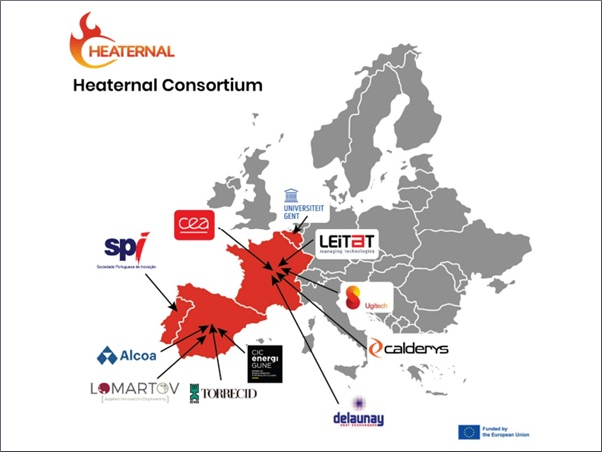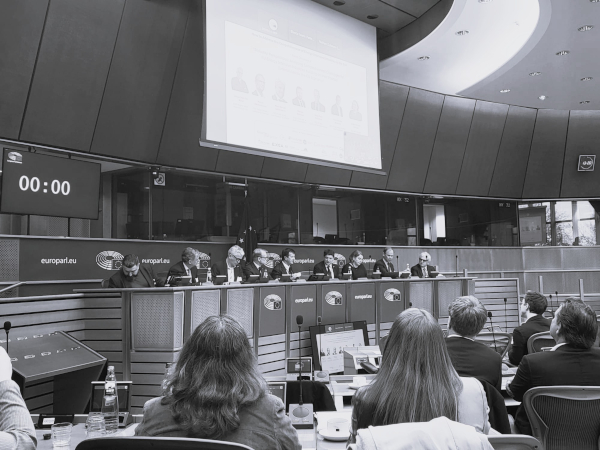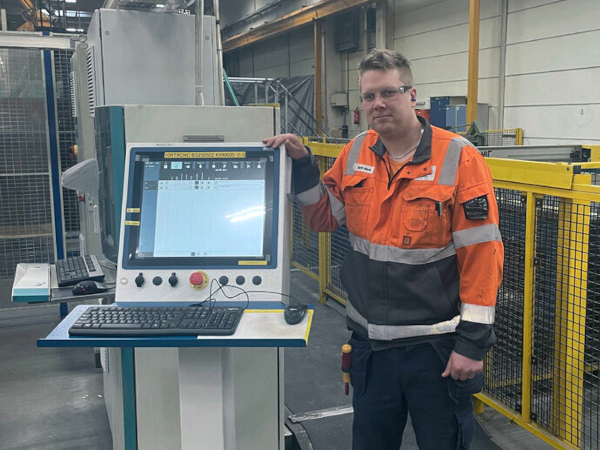Date: 13 February 2002
Manufactured by two firms, Pittsburgh-based PPG Industries, and Pilkington PLC, a British company, the glass may do for exterior window maintenance what low-E did for energy savings. That's if it performs as well as manufacturers say, and if homeowners are willing to pay an extra 15 percent for this latest generation of glass.
There are likely many millions of dollars to be made if this invention lives up to its claims. Self-cleaning windows were the No. 1 fantasy product in a survey conducted last year for Better Homes & Gardens magazine. So there's no doubt homeowners want this low-maintenance idea to work.
So do glass manufacturers. Besides PPG and Pilkington, Cardinal Glass of Eden Prairie, Minn., has a self-cleaning product in development.
Spokane's VPI Quality Windows may be the first Washington window manufacturer to use the PPG glass, called SunClean. "When PPG came to us a little over a year ago and talked about this, we were excited because it brought convenience and maintenance savings to the homeowner," says Burke Blevins, VPI president.
The concept of low-maintenance windows isn't new. Previous products were coatings applied to the glass's surface to make it easier to clean. However the coating wears off over time and must be reapplied.
PPG and Pilkington say they've found a more durable solution. Both companies are applying a microscopically thin titanium-oxide coating during the manufacturing process while the glass is still liquid.
Titanium oxide has intrinsic properties that, in combination with ultraviolet light, break down and loosen dirt from the glass surface.
At the same time, titanium-oxide-laced glass causes water to spread, or sheet, thus readily slipping off the glass and avoiding the spotting left by dried water droplets.
"This coating is performing in a similar way as rinse-aid in a dishwasher," says Richard McCurdy, a chemist who was part of the team that developed the Pilkington product, called Activ.
Both manufacturers are putting this coating only on the exterior side of the glass, which means the interiors will still require maintenance.
Even the exteriors will require care, or as Blevins says, "these windows are not going to grow arms and clean themselves, but they will be easier to clean, especially in the Northwest."
The recommended cleaning method if rain doesn't do the trick is gently spritzing the exteriors with distilled water rather than tap water. That's because the minerals in tap water will dry on the glass, spotting it. What's more, PPG warns that hard-water mineral deposits from such sources as lawn sprinklers can build up over time, permanently damaging the glass. (Rainwater does not contain these mineral deposits.)
Still, Steve Jacobsen is so excited about SunClean that he'll soon replace a window in his own house with it. Jacobsen owns Coast Home Improvement; his firm's booth at the Seattle Home Show will display VPI's SunClean windows.
The window he's replacing, a 5-foot-square picture window overlooking Gig Harbor's Wollochet Bay, has had so many cleanings and been so battered by the elements that Jacobsen says he can no longer get it sparkling.
"With all the blowing wind and rain, this particular window just gets pelted with water and gets dirty very easily," he says. "With this particular system (SunClean's), the way the dirt is loosened with UV rays, and then cleaned with the water, it will work. It's going to be the wave of the future on exterior glass," he predicts.
Jacobsen's firm has been installing this product only a week, so he has no long-term reports on how well it works. In fact, the first U.S. homeowners to test-market the SunClean glass have only had it in place since last summer.
One, Kara Ullmann, lives in a row house in one of Baltimore's older neighborhoods.
"I was a bit apprehensive at first," says Ullmann. "I was concerned the glass might be a little opaque. This is a historic area, so I was concerned the glass might look different from the old windows. I was so pleasantly surprised when we couldn't tell the difference."
Even better, a big night-time storm that dumped rain on Baltimore also delivered clean windows. "The next morning there wasn't any dirt or residue."
Still, the fact that this glass will add 15 percent (and possibly more) to the cost of windows has industry insiders wondering if homeowners and others will bite. The thinking goes that large-volume homebuilders likely won't embrace the added cost. But those who build high-rises will, as will the owners of expensive custom houses that have windows in hard-to-clean locations.
Then there are the window manufacturers themselves. Although self-cleaning glass is all the buzz in the trade publications serving more than 1,000 North American manufacturers, many may take a wait-and-see attitude, if the past is any guide. Energy-saving low-E glass, for example, was introduced in the early 1980s, but is not used on even half the windows sold today.
Ted Vander Hoek, owner of Kirkland's Weathervane Window Co., says he thinks the new glass "is a heck of an idea if it works. But as with any new product, there certainly are questions about durability and effectiveness."
For example, what does a window look like if the top half is protected by eaves and only the bottom gets rained upon?
Vander Hoek has decided to wait a while before committing to the glass. But he thinks that time likely will come.
"There's no doubt in my mind, if we can look at this stuff as we looked at the low-E coatings, that the first ones out won't be the last ones out. They'll continue to develop the product and it will get better and better.






Add new comment